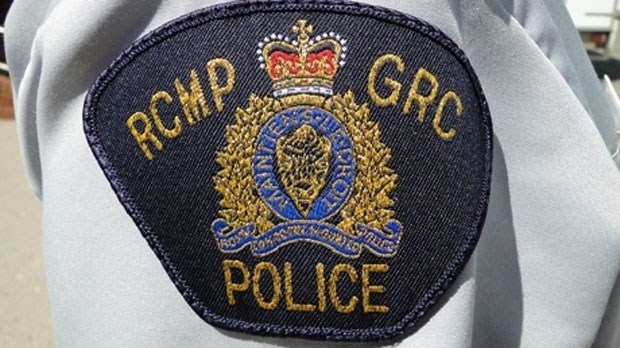There may yet be some good coming out of the recent rather bad rural Saskatchewan crime statistics.
One bad aspect is the rather healthy kick to the ego and the prideful notion that rural Saskatchewan is a safer place to be.
According numbers from the Canadian Centre for Justice Statistics released last week, Saskatchewan’s rural crime rate was 36-per-cent higher than its urban crime rate in 2017.
The report suggests rural crime is growing in all three prairie provinces.
Alberta’s rural crime rate is now 38-per-cent higher than crime in that province’s urban centres while Manitoba’s rural crime rate is 42-per-cent higher than city crime.
Collectively, the three provinces accounted for nearly half the rural crime in country in 2017.
City crime in Saskatchewan cities is dropping, but it remains well above the national average.
According to what is called the total crime severity index, Saskatoon and Regina ranked first and third among 33 metropolitan areas across the country.
When it came to violent crime severity index that weighs crime types based on conviction rates and lengths of sentences, Saskatoon was third and Regina was fifth.
The good news is Regina was first in the nation a year early and saw an 18 per cent reduction in violent crime while Saskatoon saw a 2.3 per cent decrease.
However, being in the top five most crime-ridden cities in the country is not exactly a vote of confidence. Saskatchewan cities have had a crime problem and the long-held notion that criminal activity isn’t a big problem because it’s confined to certain neighbourhoods has worn thin.
We have a crime problem in this province.
And the notion of escaping the problem by moving to peaceful rural Saskatchewan is being challenged by the numbers.
For whatever progress there has been in an overall six-per-cent reduction in violent crime, gun violence in Saskatchewan increased 47 per cent and 71 per cent in areas policed by the RCMP. As we know, those are mostly the smaller cities, towns and rural area that do not have their own police force.
This is no longer the rural Saskatchewan in which everyone could leave doors unlocked. Things have changed.
But seeing these numbers and recognizing them might actually be the wake-up call we all need.
The inability to recognize the problem has been a problem from many perspectives.
There was far too much hostility in the wake of the Gerald Stanley not-guilty verdict after the second-degree murder trial in the death of Colten Boushie.
Certainly, a few people acted inappropriately and posted online some horrific racists comments before and after the trial.
But what can’t be lost is that trial did become a local point for the legitimate fear. And separate from the testimony of the trial, the statistics show that fear is justifiable.
For years now, what the numbers show in the recent crime statistics has been the growing reality for those living in rural Saskatchewan. The sad reality is that among those most unwilling to accept his reality were those living in urban Saskatchewan and unaware of the growing rural crime problem.
Some of it has to do with the downturn in the rural economy partly driven by unemployment in the oilfields. Accompanied by the use of opioids, rural Saskatchewan is a target for thieves.
Complicating this problem is the growing distance between farms, making policing and neighbour watch programs less effective.
But some of this problem needs to be attributed to the long-standing issue of crime spilling over from nearby impoverished First Nations.
To the latter, rural and First Nations leaders need to get together and have serious solution-driven talks. The emotion after the Boushie death didn’t permit this, but maybe these numbers will.
In fact, these recent crime stats are a good place to start that conversation.
Murray Mandryk has been covering provincial politics for over 22 years.




